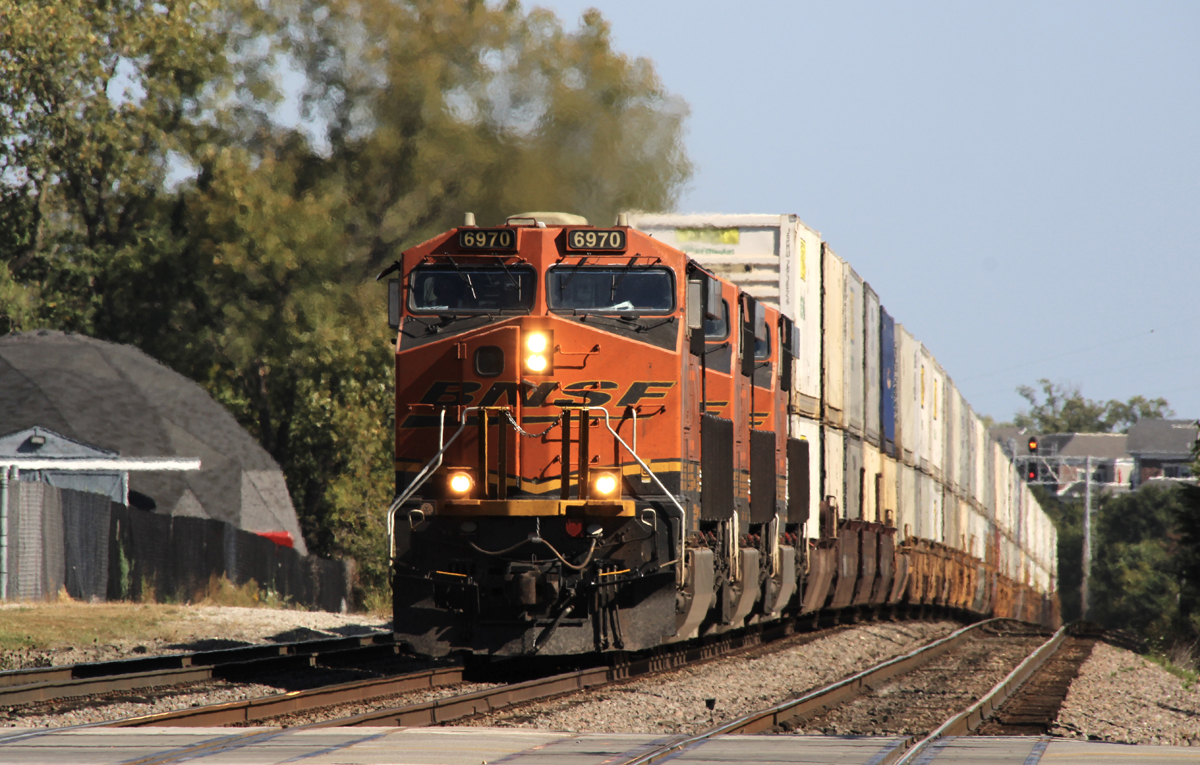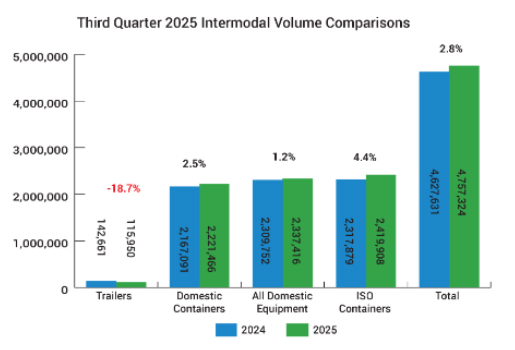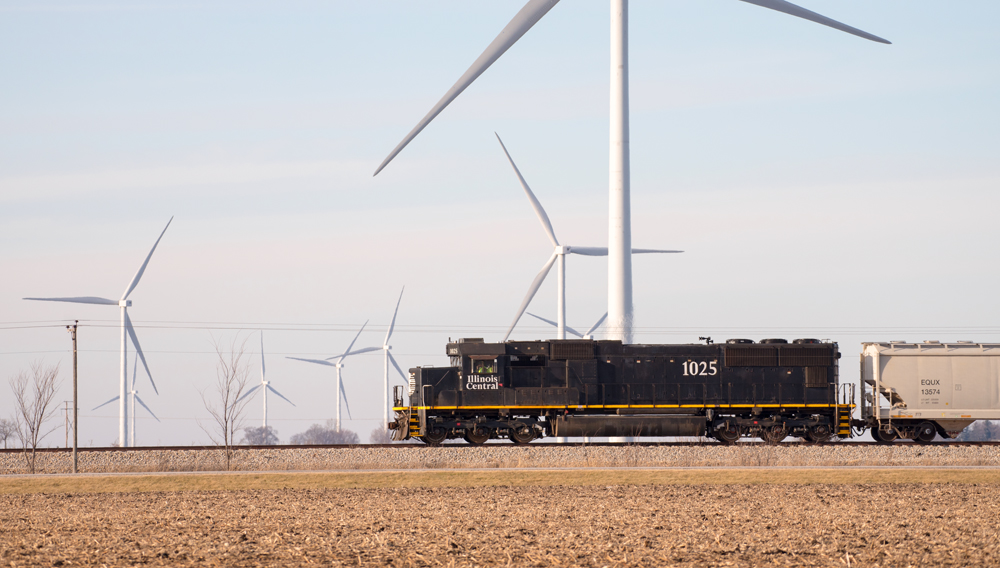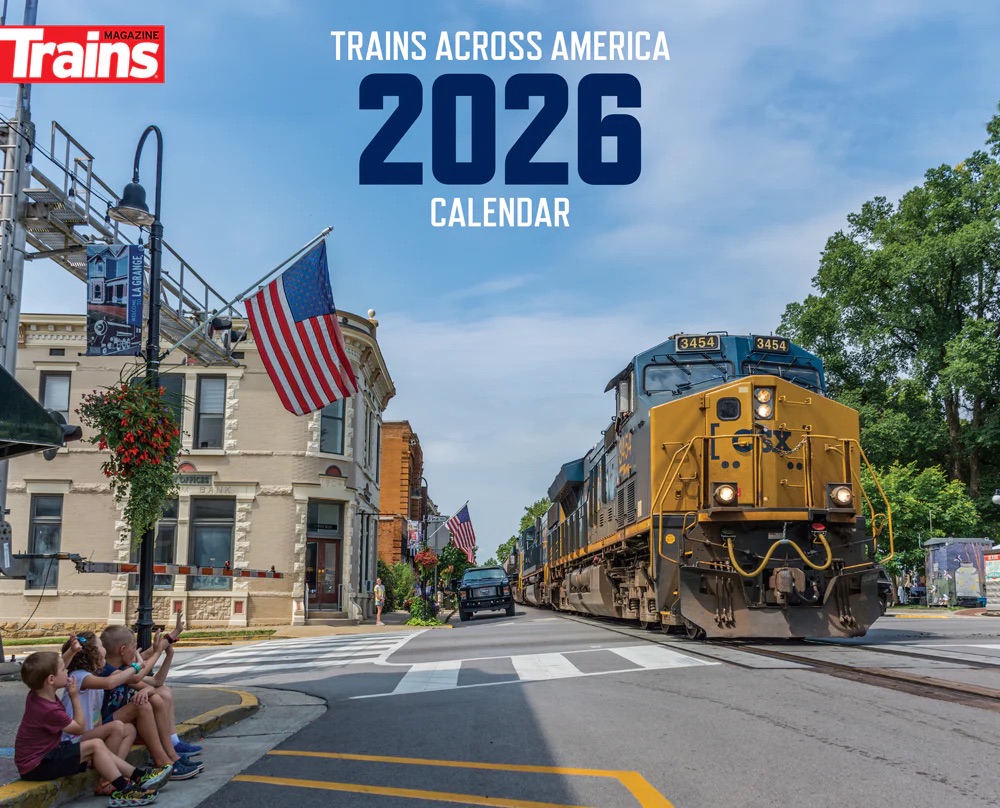
CALVERTON, Md. — International container traffic helped total intermodal volume remain ahead of 2024 levels in the third quarter of 2025, according to the Intermodal Association of North America.
Overall, intermodal volume increased by 2.8% over the same quarter a year ago. International container volume increased by 4.4%, from 2,317,879 to 2,419,908 containers, while domestic containers improved by 2.5% from 2,167,091 to 2,212,466.

“The North American intermodal market has shown notable resilience this quarter, extending a positive growth trajectory despite increasing volatility and economic headwinds,” said Andrew Sibold, IANA’s director of economics. “Domestic intermodal may see the greatest opportunity going forward as trucking conditions tighten.”
Domestic container traffic logged its highest September volume ever, the association said, with a 5.8% increase over the same month in 2024, reflecting increasing manufacturing activity and capture of traffic from trucking. International traffic had a record volume in July as domestic suppliers acted in anticipation of tariff increases, followed by weakening traffic in August.
“While total North American intermodal moves were up through the first nine months of 2025, the fourth quarter will be the most challenging of the year,” said IANA CEO Anne Reinke.
Five of the seven highest-density trade corridors showed increases. Among those corridors, which handled more than 60% of total volume, the Trans-Canada corridor showed a 17.3% increase, followed by the Intra-Southeast at 8% and Northeast-Midwest at 5.5%. The biggest drop, a 13% decline, came in Midwest-Northwest traffic.
— To report news or errors, contact trainsnewswire@firecrown.com.













